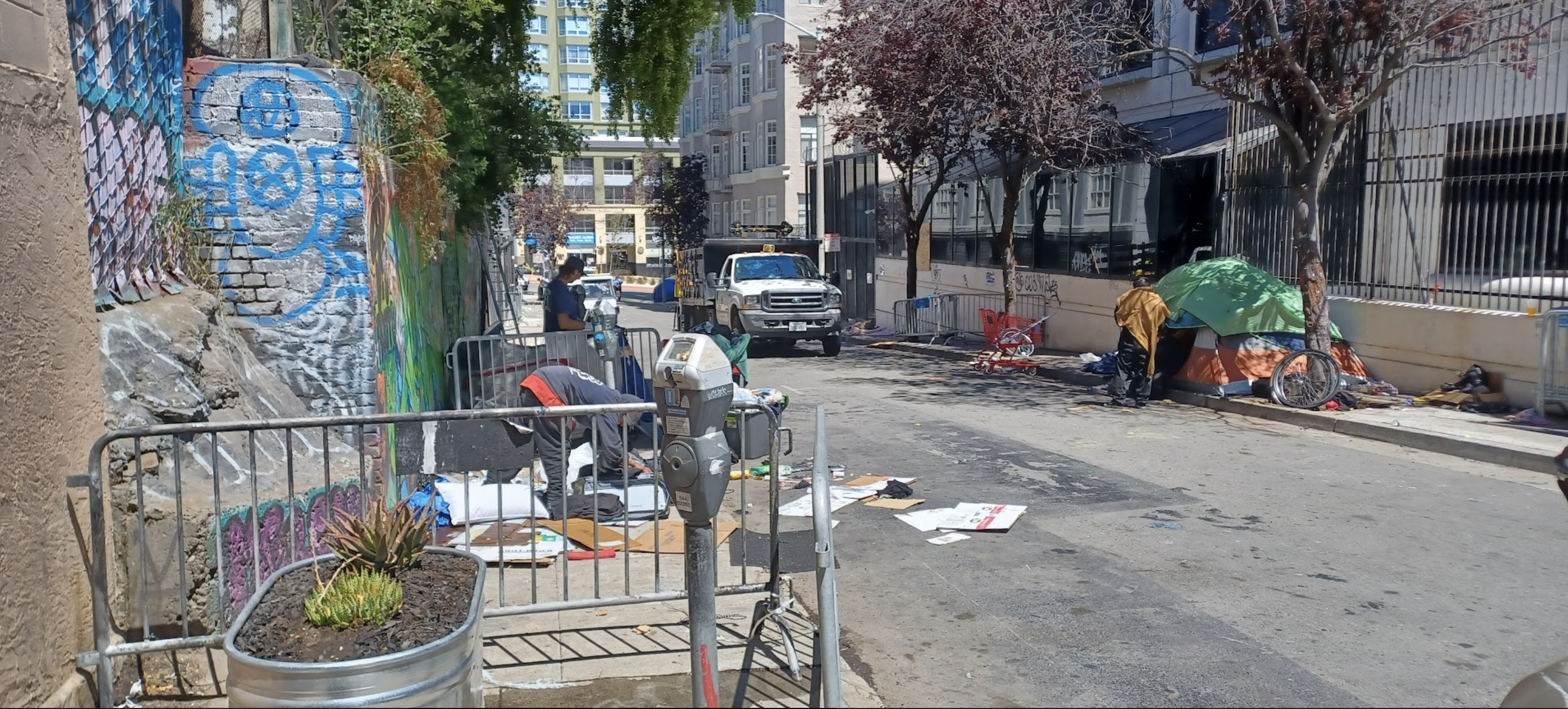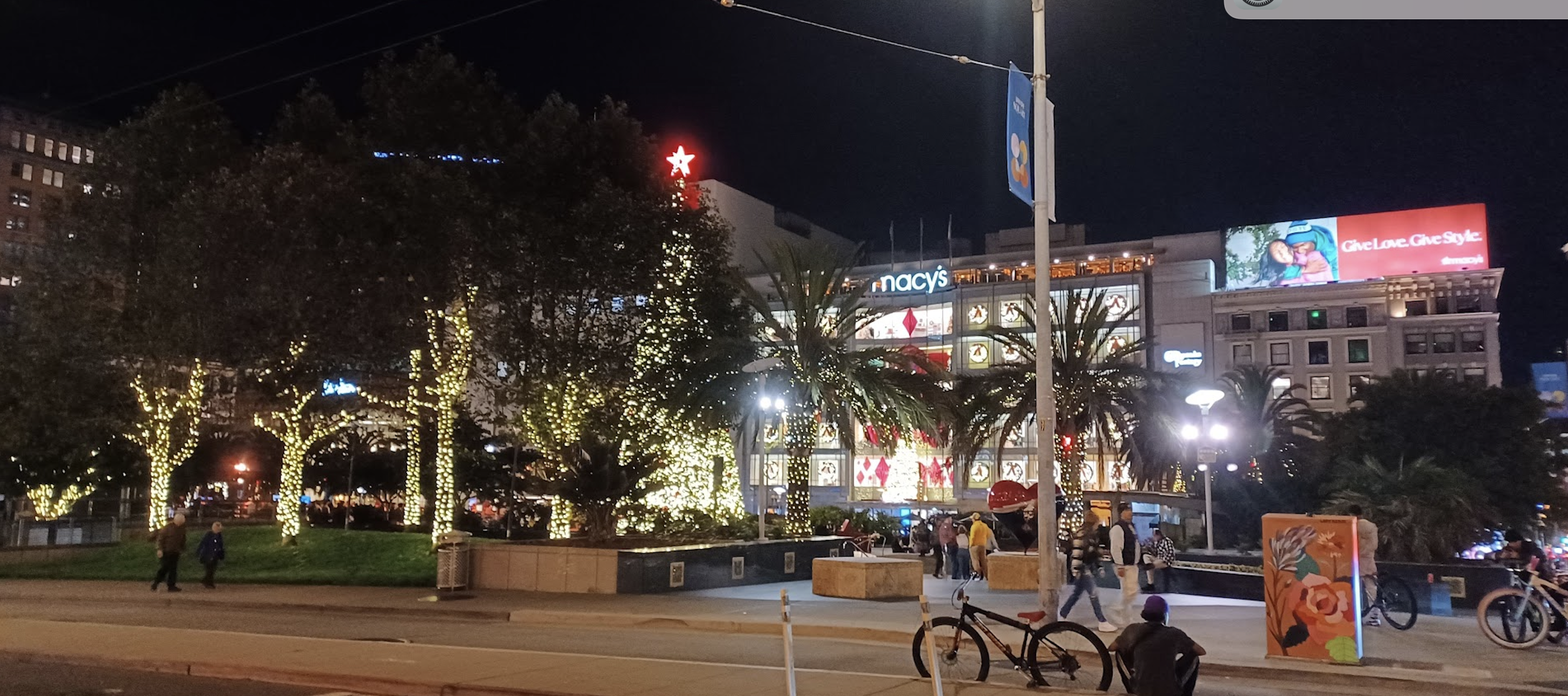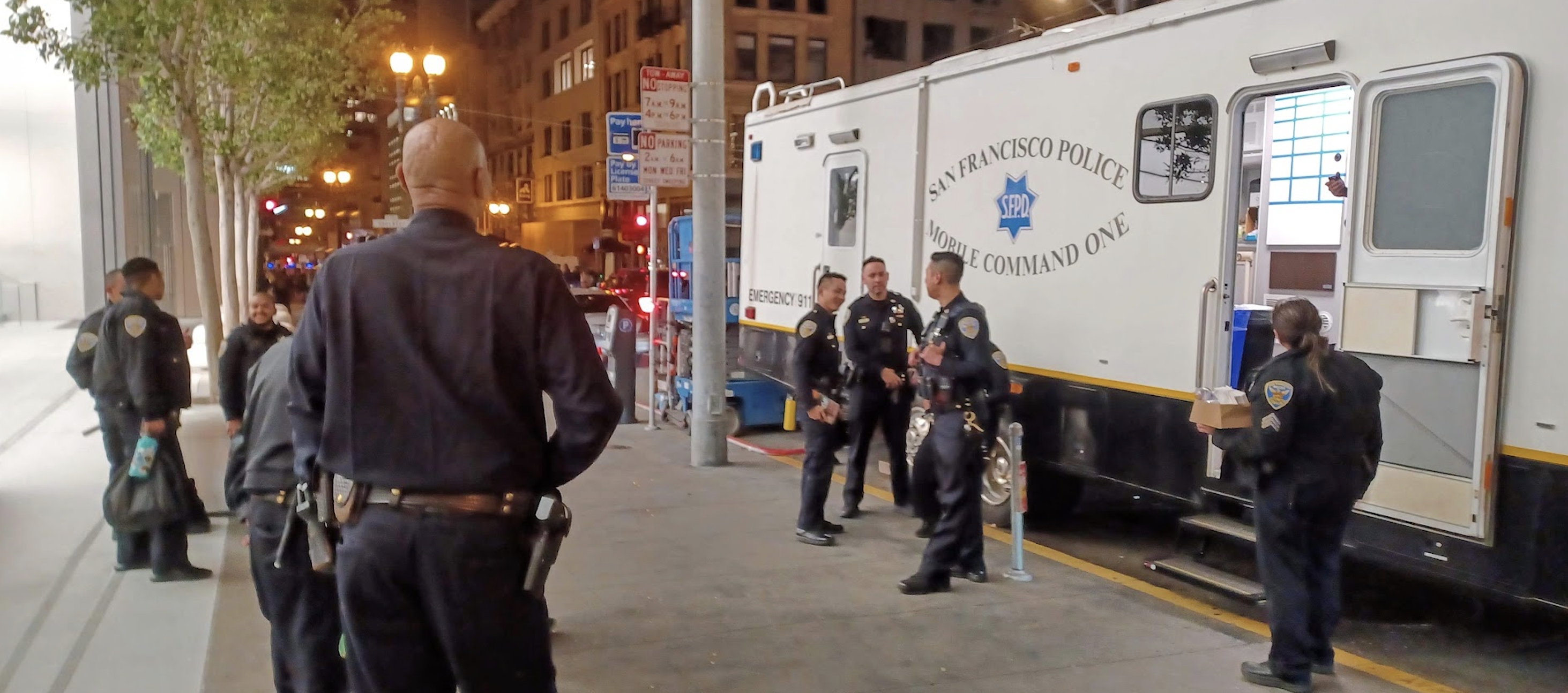The Dehumanization of War: A Meditation for Veterans Day
When humans embrace the dehumanization of others, we release our ugliest, most destructive selves. Dehumanization is a perverse force that propagates violence and justifies the lust for war and its atrocities.
On August 6, 1945, Sakue Shimohira was 10 years old when an atomic blast obliterated her home in Hiroshima, Japan, burning her mother into an unrecognizable block of ash. Afterward, the only feature that could identify her was a single gold tooth.
Sakue struggled to survive in Hiroshima’s post-apocalyptic, postwar landscape, while her older sister soon fell into despair and threw herself in front of a train. When the American soldiers of the occupying army arrived, Sakue remembered that they constructed an airstrip in front of the shack where she was living. “There were skeletons all over the area,” she said, “so when they built the airstrip, the bones were crushed into dust.”
The American soldiers handed out chewing gum and chocolate to orphans like her. Some of the Japanese children quickly learned how to say “hello” in English, but Sakue confronted the soldiers in her native Japanese. “Why?” she insisted. “Why did you kill my family? Why did they deserve to die?” She added, “Of course, they didn’t understand Japanese. They just smiled at me. ‘Give them back to me!’ I shouted.”
Recalling such memories so many decades later, Sakue’s face still reveals how that historically disastrous bombing blotted out her inner light. As she put it, “I carried this pain that I couldn’t talk about. Even today, I can’t say my sister’s name aloud. It hurts too much.”
Dehumanization and People Living Under the Mushroom Cloud
In recent years, I’ve traveled to Japan numerous times with university students to study the legacy of the first and only use of atomic weapons as World War II ended. In that way, my students and I became moral witnesses to the consequences of the terror for people under those mushroom clouds that shattered, incinerated, and flattened the cities of Hiroshima and Nagasaki.
But in my own country, the United States, the continuing specter of nuclear catastrophe generally fails to pierce a commonplace apathy toward such weaponry. Instead, most Americans hold war’s ultimate horror at arm’s length, while rationalizing the way our country and so many others on this planet all too regularly lurch into such conflicts as the only right and just way to address human greed, tyranny, and fear.
Almost 80 years after those first atomic blasts, Americans have yet to seriously reckon with how easily we learned to rationalize such structural violence. Meanwhile, our country continues to pour endless money into the wasteful creation, stockpiling, maintenance, and now the “modernization” of those weapons of mass, even global, destruction. In his poignant diagnosis, psychiatrist Robert Jay Lifton concluded that we developed a deep “psychic numbing,” while becoming detached and morally disengaged from the growing possibility that such weaponry could, in the end, create a “nuclear winter” and destroy humanity.
In Japan, my students and I have had the distinct privilege of meeting atomic bomb survivors, or hibakusha as they are known there. One hibakusha, an elderly, somewhat stern man, told us that he was outside of the city of Nagasaki with his brother when the second bomb exploded. The two boys rushed into the city to search for their father and finally found his body near his workplace, burned (like Sakue’s mother) almost beyond recognition.
We listened as his testimony viscerally evoked that horror from so long ago as if it had only taken place days earlier. He remembered how, as a child, when he tried to prepare the body for burial, he touched his father’s head and the skull crumbled beneath his fingers, while parts of the brain oozed into his hands.
In those precious moments in Japan when my students and I heard the stories of hibakusha, we could also ask questions. “Do you hate Americans?” the students often asked. “What kind of assistance was there for you and other hibakusha in the terrible aftermath of months and years after the war?” And we would thank them for sharing their painful and invaluable stories with us, but it never felt like enough. So many of them have a single request: that we take their words back to the United States with us and share them with others here.
During our conversation with that elderly man in Nagasaki, one moment was particularly unforgettable. Despite the harsh struggle and war-time brutalization he endured as a child, the elder we now experienced was a soul of deep reflection and humane philosophical searching. During the question-and-answer period following his testimony, he told us about his life-long struggle to understand what had happened to him and why. He mentioned a book that helped him better grasp how the world arrived at such a place of inhumanity and violence, historian John Dower’s award-winning history, War Without Mercy: Race and Power in the Pacific War.
“I know that book!” I blurted out. He stared at me, and I stared back. Dower’s history had also deeply impacted my life and thought, so I felt a sudden powerful connection with that hibakusha and was simultaneously rendered speechless after my outburst, overwhelmed and amazed by the journey that man had taken in his life to meet me then and there.
Two Truths About War and Dehumanization
Dower’s investigation helped me better understand two truths about violence. First, dehumanization always precedes and paves the way for the horrors of war. Human beings won’t kill other humans if they truly believe their lives are as worthy as their own. In his book, Dower vividly exposes the dehumanizing, racist imagery that enveloped both the United States and Japan in the early 1940s. The Japanese were portrayed here as “vermin” and “apes,” “inferior men and women,” “primitive and childish” creatures. They were “the Yellow Peril” or “the menacing Asian horde.” Versions of such tropes of dehumanization lubricated the eruption of violence that followed and have emerged repeatedly in human history.
And it wasn’t just the Americans. Japanese cartoons from the era depicted Westerners as a kind of vermin like lice, caricatured President Franklin Delano Roosevelt as a demon, and British Prime Minister Winston Churchill and FDR as “debauched ogres” looming over Mount Fuji, a sacred symbol of Japan. American cartoons typically drew Japanese bodies in bright yellow.
I remember my mother, who grew up in California during that war, remarking on a Japanese flag I brought home from one of my trips. “That was such a symbol of hatred when I was a child,” she told me. And such dehumanization paved the way for devastating violence as the only possible solution. Both sides plummeted into “victimage rhetoric” that portrayed the “enemy” as barbaric, irrational, and irredeemably violent, while “we” were moral, rational, and sensible. Tragically, this way of thinking justified the horrors to come. Given such an enemy, only through colossal destruction could we save the world, or so people came to think.
Dower’s book reveals a second truth about violence as well: dehumanization does more than just enable war. It also generates an annihilating energy all its own through which the atrocity-laden destruction of war multiplies exponentially. In the case of the Pacific front in World War II, violence begat ever greater violence and the hunger for it grew ever deeper and more insatiable until there was a veritable “frenzy of violence” on both sides in the final year of that war. More than half of all American deaths occurred in that single year and that was when the kamikaze, or suicide plane, became “the consummate symbol of the pure spirit of the Japanese” to “turn back the demonic onslaught.”
Meanwhile, the Americans abandoned precision bombing and initiated the full-scale firebombing of Japanese cities. The firebombing of Tokyo in March 1945 burned to death more than 100,000 civilians in a single night. More than 60 cities were similarly targeted, killing hundreds of thousands of Japanese in a final paroxysm of violence that preceded Hiroshima and Nagasaki.
Today’s Escalation of the Drumbeats of Dehumanization
In these terrible recent days, we again can hear the drumbeats of dehumanization in Ukraine, Israel, and the Gaza Strip, as grief explodes in the face of unimaginable violence, loss, injury, and the sort of pain that rips at the very fabric of our world. Human beings are once again being described as “animals.” The other side is pure “evil.” The only remedy for such a conflict, people imagine, is to wipe the enemy out and achieve “full victory.” Indescribable destructive force against the other is rationalized as necessary because of the terrible violence wreaked on us.
But we won’t find our way out of such a morass of violence through more of the same, or through the further dehumanization of people we call our enemy. In the end, dehumanization destroys us, too, even if we don’t realize it. The perennial question facing the world is this: Is there a way for us to move toward a greater rehumanization?
In reality, we don’t have to accept psychic numbing or endless dehumanization and violence as the only possible responses to our broken world. We can glimpse a different way forward when we turn our attention to people whose experiences of horrific violence, amazingly enough, didn’t destroy them. Instead, their awareness was crystalized, leaving them with so much to share with the rest of us about the deep, irreplaceable importance of every human being and the immeasurable value of our fragile planet.
Along with the remarkable hibakusha I’ve been privileged to meet, I also have come to know U.S. veterans of war with the same astonishing kinds of awareness. I wrote a book about them and their struggles to remain human in a world all too saturated with violence titled And Then Your Soul is Gone: Moral Injury and U.S. War Culture.
Imagining a Different Veterans Day
As Veterans Day approaches, I’m thinking about those veterans I respect so dearly who have themselves come through such crucibles of horror. Many live with the deep despair that accompanies military moral injuries. Yet they refuse to give up on life, hope, and the belief that there could be a different way forward. They remind me of Sakue who, in the end, offered this reflection: “There are two kinds of courage. One type of courage is the courage to die. I chose the courage to live.”
American veteran and former Iraq War medic Jenny Pacanowski witnessed that conflict’s calamitous effects on Iraqi children. She shared her agony with a military chaplain, asking him, “Why would God do this to the children of Iraq, to the soldiers, to the medics who only want to bring healing?” The chaplain responded, “God works in mysterious ways.”
Such a facile response made her deeply angry. It was as though her soul could no longer occupy her physical body and left her to float above it, connected by only the most fragile tether, as she screamed in anger and sorrow. That was close to 20 years ago. As she told me, “To truly reintegrate, and invite my soul back into my body, I needed to tell my story in a secure space.” Today, Jenny is like a comet blazing a trail to support the peace-building activities of women veterans.
Recently, I was introduced to the poetry of Vietnam War veteran Doug Rawlings. He was in his early twenties when he was drafted and sent to Vietnam. Returning to the United States, like so many others, he was “confused, angry, and lost.” But he’s been writing poetry for more than 50 years and, in his most recent collection, he explains, “Most of us do not want to be vulnerable, especially men, and, exponentially, veterans. However, the vulnerability in the poet invites vulnerability in the reader/listener.”
One of Rawlings’ poems speaks to me strongly in this painful moment on our planet. Near the U.S. Army base at Long Binh in what was then South Vietnam, there was “a beautiful if dilapidated French villa.” During the war, it was repurposed as an orphanage. A hand-painted sign in front of it read in English: “Please don’t shoot the orphans.”
In response to that memory, Rawlings wrote:
“Imagine all the interstates in and out of our cities
Clogged with cars brought to a standstill by
‘Please don’t shoot the orphans’ plastered on placards
Their drivers stumbling out of their seats
Onto the median strips crisscrossing this land
Of the mobile and free to question
If not just for a minute
How their own busy lives can possibly be
Intertwined with the lives of orphans
Their hearts in their mouths when they realize
The hands on their steering wheels
The fingers dancing across their radio dials
Hold the answer to those questions”
The answer is directly in front of us if only we would pay attention. Please don’t kidnap, maim, starve, or deny water, electricity, or healthcare to children anywhere. Don’t separate them from their parents, drown, bomb, rape, burn, imprison, shoot, bury in rubble, use as human shields, or kill the children. Please, do not find ways to justify such horrors. Instead, look them squarely in the eye and decide that you will demand an alternative.
If we are to remain human on this planet in this devastating moment, there is — or at least, should be — no other way.
Follow TomDispatch on Twitter and join us on Facebook. Check out the newest Dispatch Books, John Feffer’s new dystopian novel, Songlands (the final one in his Splinterlands series), Beverly Gologorsky’s novel Every Body Has a Story, and Tom Engelhardt’s A Nation Unmade by War, as well as Alfred McCoy’s In the Shadows of the American Century: The Rise and Decline of U.S. Global Power, John Dower’s The Violent American Century: War and Terror Since World War II, and Ann Jones’s They Were Soldiers: How the Wounded Return from America’s Wars: The Untold Story.
Kelly Denton-Borhaug, a TomDispatch regular, has long been investigating how religion and violence collide in American war-culture. She teaches in the global religions department at Moravian University. She is the author of two books, U.S. War-Culture, Sacrifice and Salvation and, more recently, And Then Your Soul is Gone: Moral Injury and U.S. War-Culture.
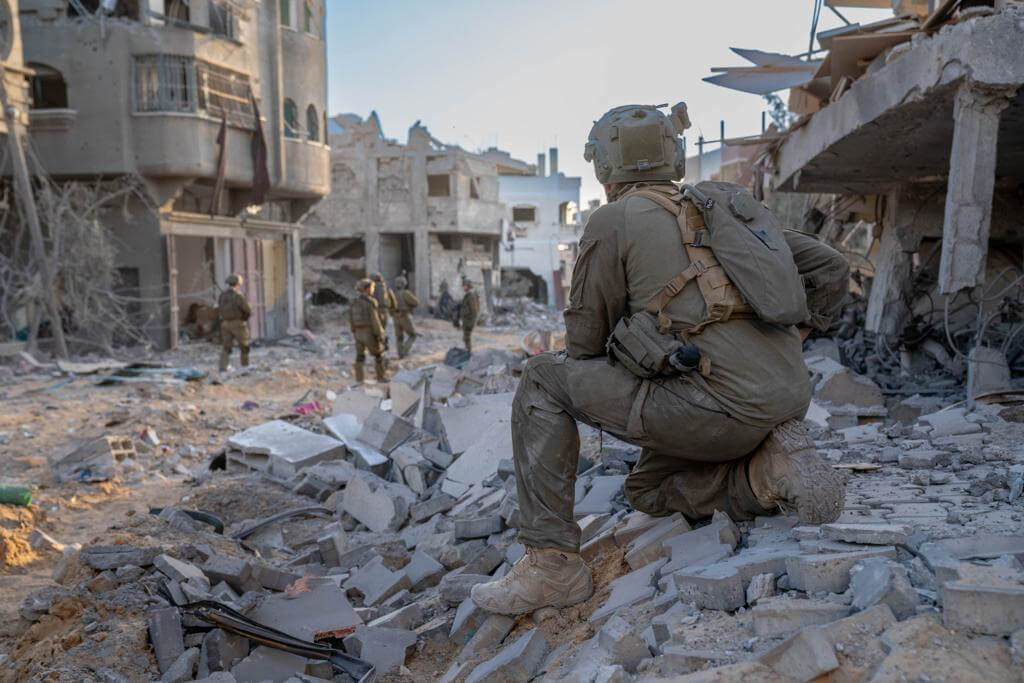

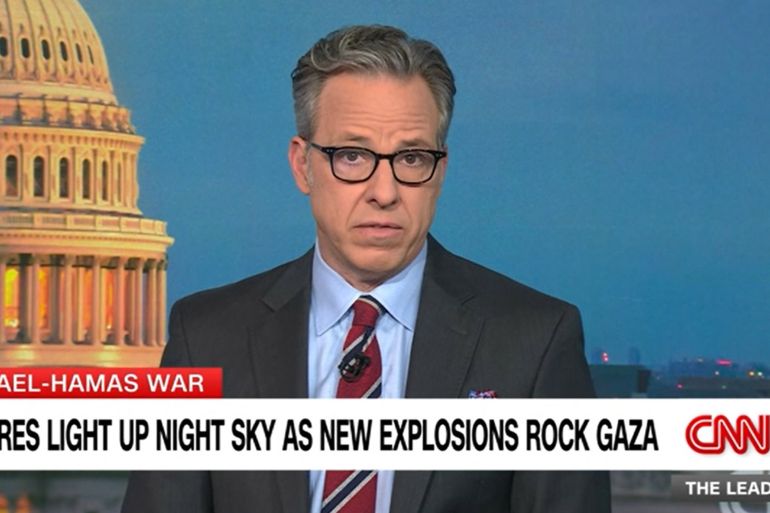 [Screenshot/CNN]
[Screenshot/CNN]








